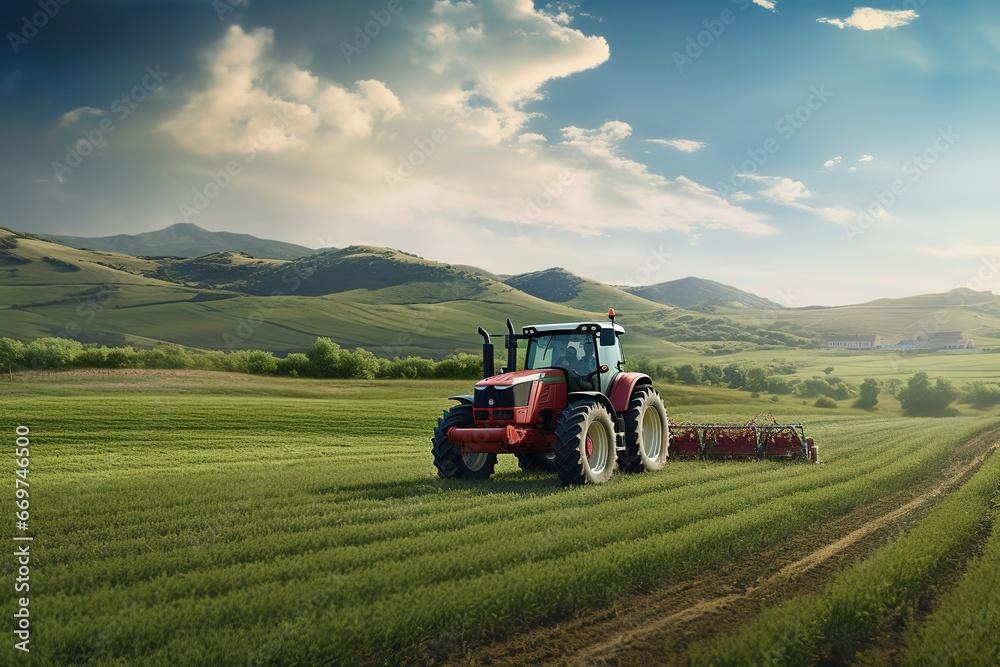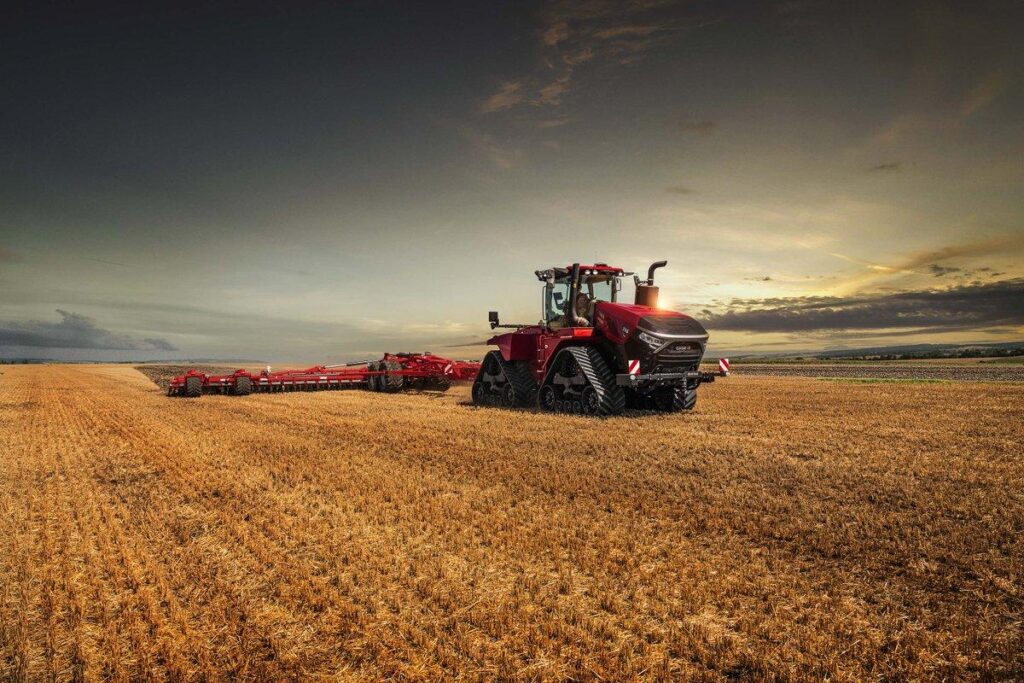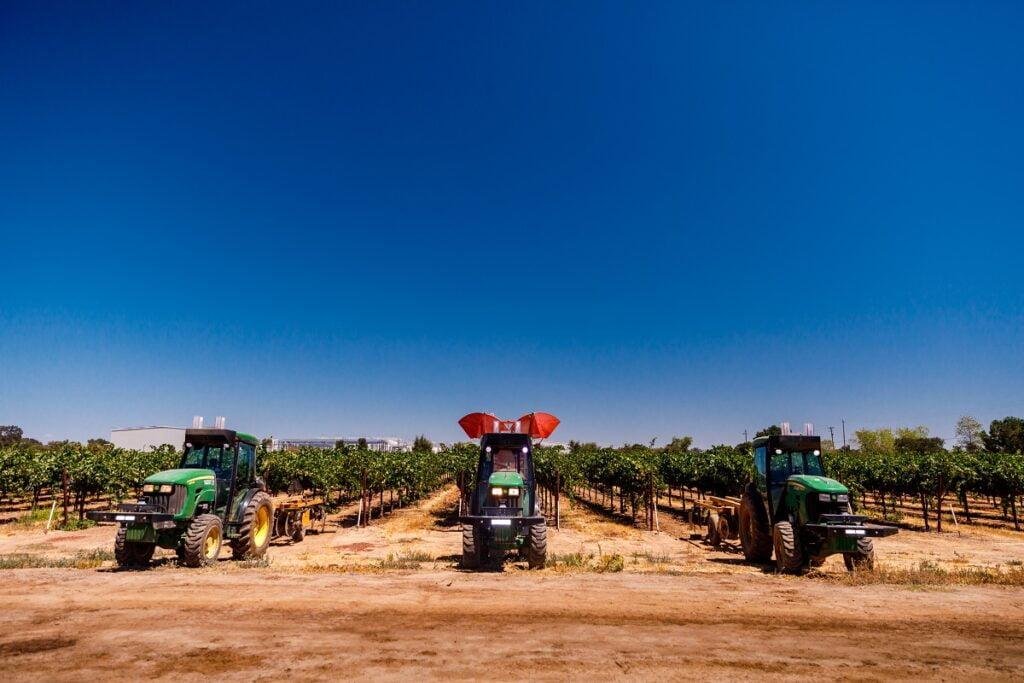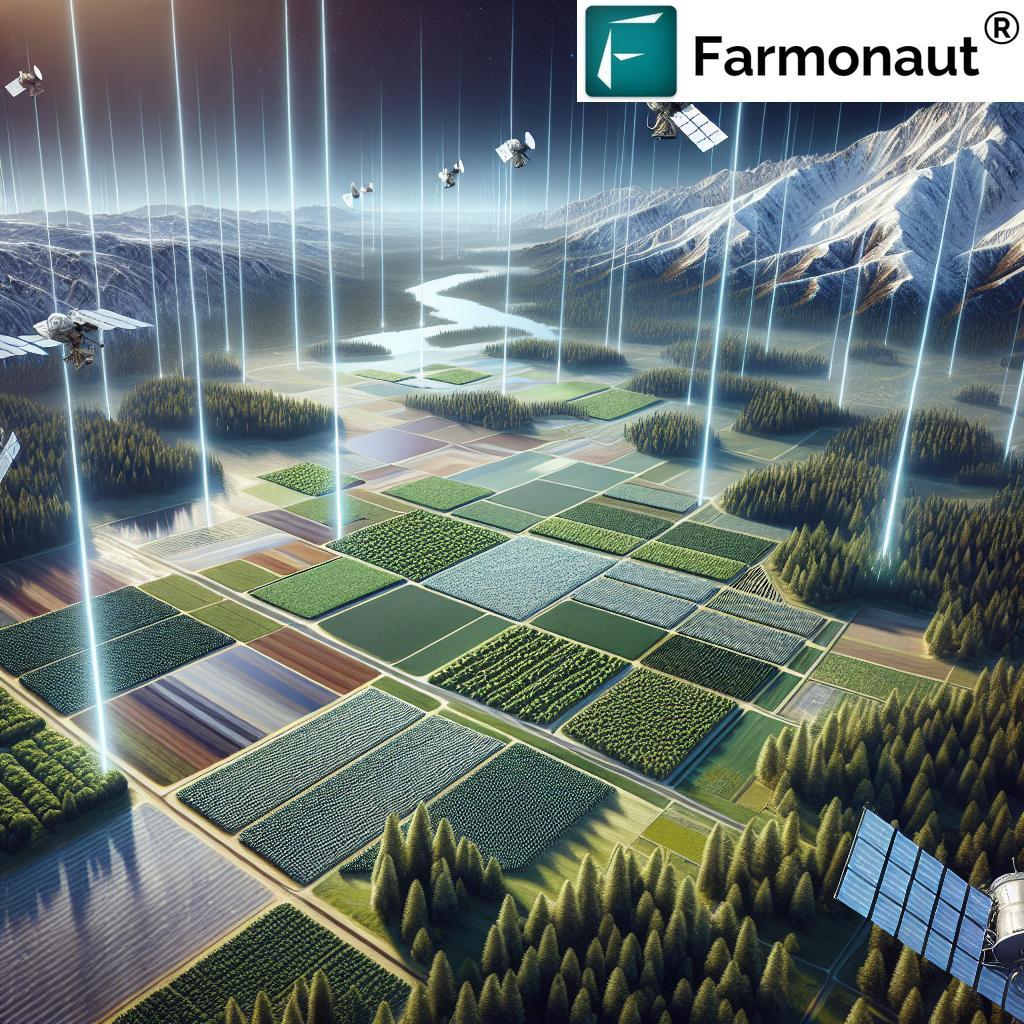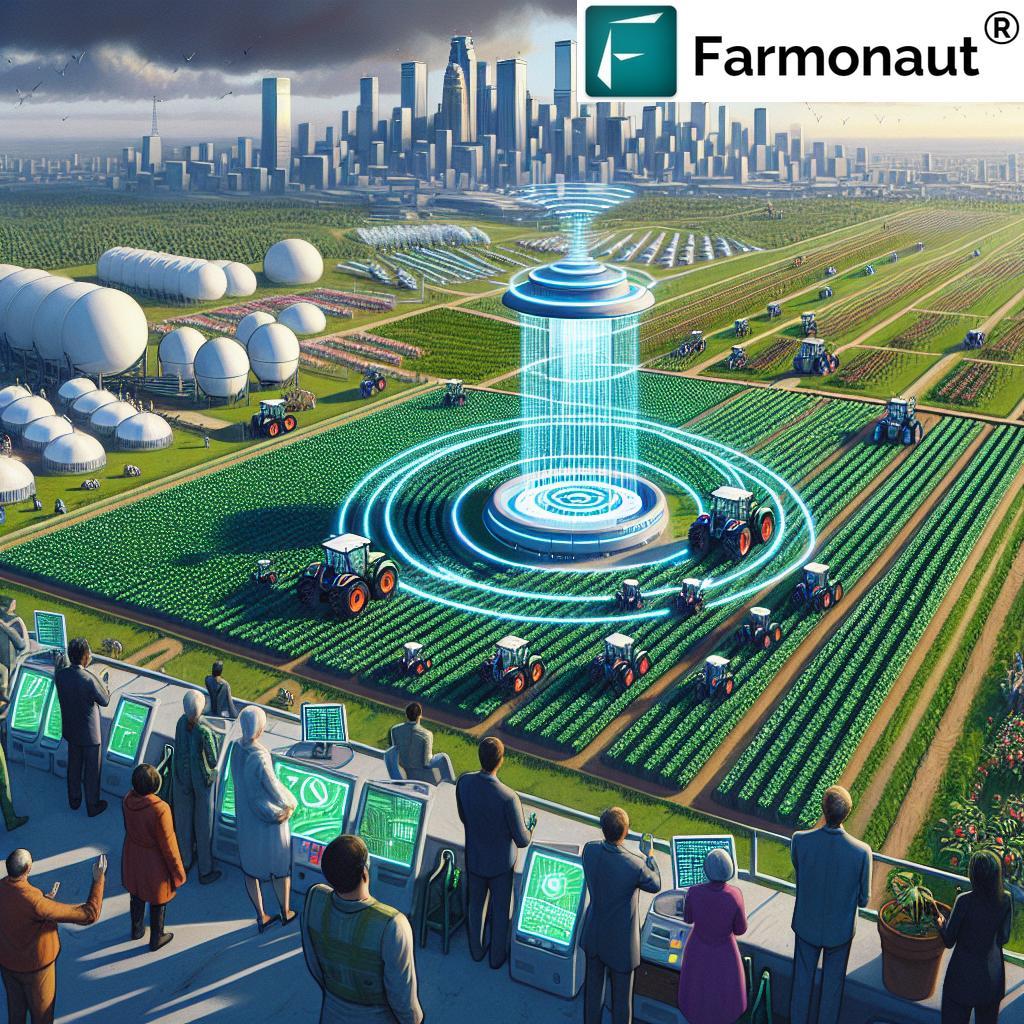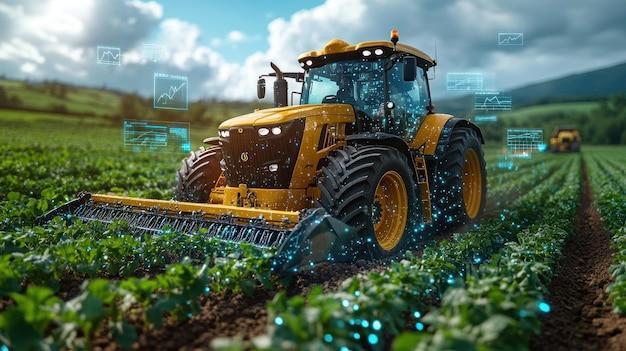Solar storms, powerful bursts of electromagnetic energy from the Sun, have emerged as an unexpected threat to modern agricultural operations. These intense solar events, which send waves of charged particles toward Earth, are increasingly disrupting the sophisticated electronics that power today’s farming equipment. From GPS-guided tractors to automated irrigation systems, the technology that farmers rely on has become vulnerable to these cosmic disruptions, leading to significant operational challenges across the agricultural sector. Recent observations have shown an alarming increase in agricultural equipment malfunctions coinciding with intense solar activity. Modern farming machinery, heavily dependent on GPS systems and electronic controls, has become increasingly vulnerable to space weather phenomena, particularly during powerful solar storms.
These geomagnetic disturbances, caused by coronal mass ejections from the sun, can interfere with satellite signals and disrupt electronic systems vital to precision agriculture. Farmers across multiple regions have reported unexpected shutdowns of tractors, combine harvesters, and irrigation systems during periods of heightened solar activity.
The impact extends beyond simple operational disruptions. Advanced farming equipment relies on complex computer systems for tasks like automatic steering, precise seed placement, and optimal fertilizer distribution. When solar storms interfere with these systems, it can lead to misaligned crop rows, irregular seeding patterns, and inefficient resource utilization.
GPS-guided tractors, which typically operate with accuracy down to one inch, may experience positioning errors of several feet during severe solar events. This deviation can result in significant crop damage and reduced yields, especially in large-scale operations where precision is crucial.Financial implications for farmers are substantial.Equipment repairs and replacement of damaged electronic components can cost thousands of dollars. Additionally, work delays during critical planting or harvesting periods can lead to considerable losses in crop production and revenue.
Manufacturers are working to develop more resilient agricultural technology. Some companies have introduced electromagnetic shielding in their latest models, while others are implementing backup systems that can operate independently of GPS signals during solar disturbances.
Agricultural experts recommend several preventive measures. Monitoring space weather forecasts has become as important as checking traditional weather reports. farmers are advised to have manual backup systems ready and to schedule critical operations during periods of lower solar activity when possible.
The phenomenon has sparked increased collaboration between atmospheric scientists and agricultural engineers. Research is underway to better understand how different types of equipment respond to various levels of solar activity, aiming to develop more effective protection mechanisms.
Insurance companies have begun incorporating solar storm risks into their agricultural policies,recognizing the growing threat to modern farming operations. Some providers now offer specific coverage for equipment damage caused by space weather events.
As farming continues to embrace technological advancement, the industry must adapt to these cosmic challenges. The progress of solar-resistant technology and improved early warning systems has become a priority for agricultural equipment manufacturers and researchers alike. This situation highlights the intricate relationship between space weather and modern agriculture, emphasizing the need for continued innovation in protecting essential farming operations from solar disruptions.




